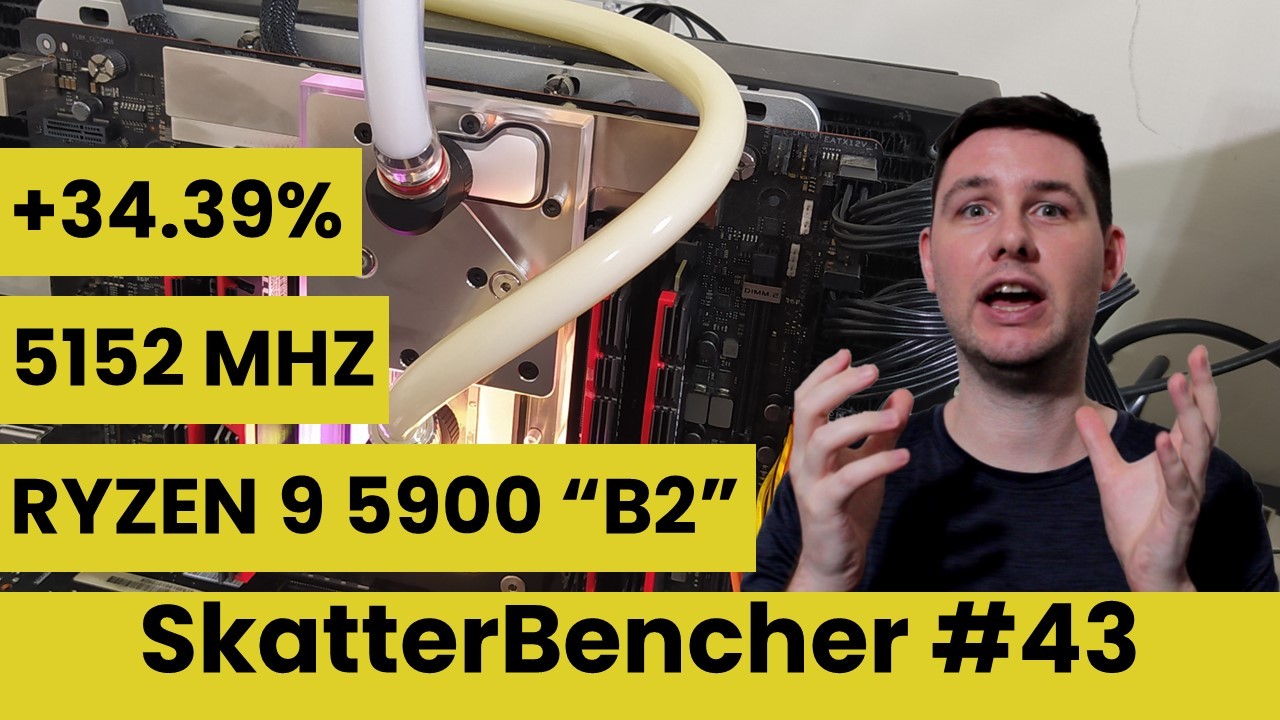Originally posted by coder
View Post
All this hybrid stuff is actually nothing more than manufacturing cost and multithreaded benchmarks optimization for the Intel. You could say that the result of that is cheaper MT performance for the user and I'd agree, but in reality this is relevant for quite a small group of mainstream desktop customers who often use CPU based rendering/en/decoding. And even in this case the real benefit will show only with upcoming Intel products where E core count will be increased dramatically, because for now the amount of them is far too low to get even this benefit. Let's take an i7 for example, 8 Ps + 4 Es. Those 4 Es are basically useless. Adding more L3 cache (or implementing extra sutff in big cores) instead them would boost overall performance more that few relatively weak cores.
I guess my main point is hybrid architecture on the desktop is mostly beneficial specifically for MT-heavy load. It's not adding much value for all universally. However, if we going to get say 8C + 32Es, OK, then I can see at least practical benefit for the some customers.


 ... For my use, I don't think I need something like that. ECC would be nice, but.... My server motherboard is a Gigabyte B450 Auros M with the 2200G onboard with 16G of memory. It only manages about 1.8TB of data on two 2TB SSDs, and OS installed on another 500GB SSD. No monitor/keyboard/mouse attached to the mid-tower case... unless I need to update the BIOS and then I pull out the spares for that. I can remote desktop into it if necessary if needed which I rarely do. Most everything can be done with SSH. That's why I don't even want a 'cheap' card installed in the box. What I have is really quite fast enough for just serving files, but there is something in me that would like to install a 'later' version of the same class processor on the MB because I can. But no such processor available... Silly I know.
... For my use, I don't think I need something like that. ECC would be nice, but.... My server motherboard is a Gigabyte B450 Auros M with the 2200G onboard with 16G of memory. It only manages about 1.8TB of data on two 2TB SSDs, and OS installed on another 500GB SSD. No monitor/keyboard/mouse attached to the mid-tower case... unless I need to update the BIOS and then I pull out the spares for that. I can remote desktop into it if necessary if needed which I rarely do. Most everything can be done with SSH. That's why I don't even want a 'cheap' card installed in the box. What I have is really quite fast enough for just serving files, but there is something in me that would like to install a 'later' version of the same class processor on the MB because I can. But no such processor available... Silly I know.

 . Anyway currently AMD's philosophy (as per some interview, now forgot exactly which) is to use like "medium" size, but similar cores. So it would not supersize me if ZEN4 will be a little slower than Raptor Lake's P core. Anyway, we'll see.
. Anyway currently AMD's philosophy (as per some interview, now forgot exactly which) is to use like "medium" size, but similar cores. So it would not supersize me if ZEN4 will be a little slower than Raptor Lake's P core. Anyway, we'll see.
Comment